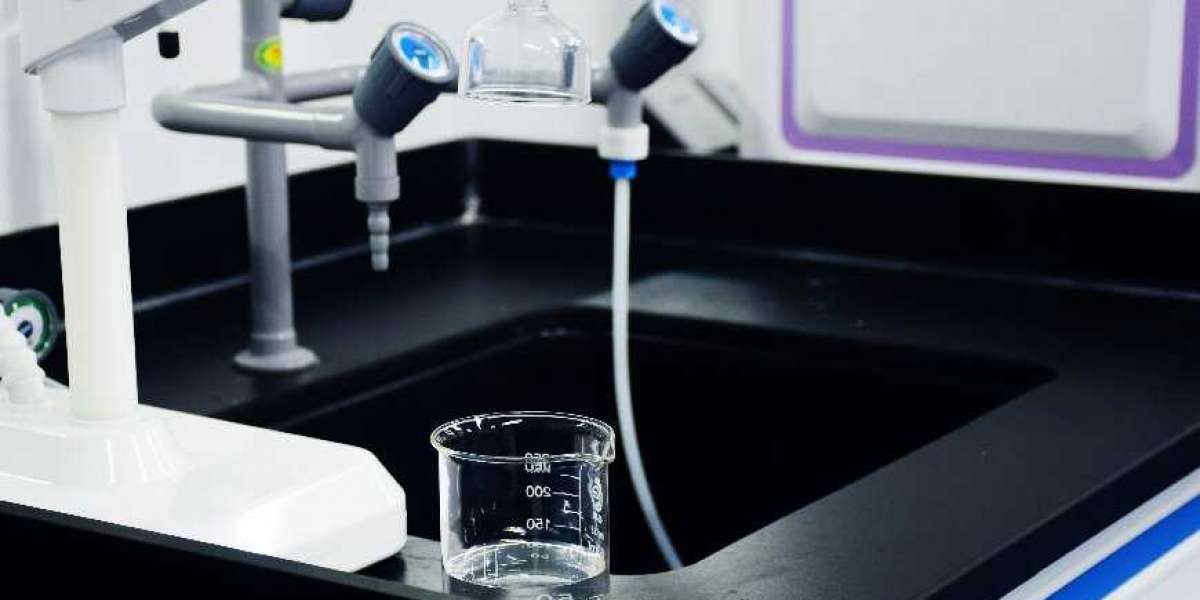Introduction
Nanocomposites prepared with carbon nanoscale reinforcements such as nanopowders, nanotubes, and nanosheets enable macroscopic materials to also possess nanoscale mechanical and functional properties, which has unprecedented impact on materials design and applications. The ability to control the inhomogeneity of nanoscale building blocks in macroscale composites allows for the controllable creation of mesoscale features during composite fabrication and represents a promising area for new materials development. However, traditional composite preparation methods such as in situ nanomaterial synthesis and assembly, colloidal self-assembly, and field-assisted (electric and magnetic field) assembly cannot prepare nanocomposites with high particle loadings and nanocomposites with multiscale tailoring capabilities. In recent years, additive manufacturing (AM) and three-dimensional (3D) printing methods have provided opportunities to construct macroscopic polymer nanocomposites with programmable and spatially controlled mesoscale structures.
A snapshot of the results
Recently, the team of assistant professor Kun (Kelvin) Fu at the University of Delaware, USA reported a composite structured mesoscale processing (CAMP) strategy that combines particle-loaded nanoscale materials with multiscale features, including nanoscale manipulation, mesoscale structure and macroscale formation to create spatially programmed nanocomposites with high particle loading and multiscale customizability. The process has a low-capacity (10%) "green-to-brown" transition, enabling geometric replicas of 3D designs close to the "brown" part with intact nanomaterials for further matrix filling.
This study demonstrates the feasibility of additively manufactured carbon nanocomposites comprising carbon nanotubes (CNTs) and thermosetting epoxy resins, leading to customizability, improved properties, and 3D complex structures of multiscale CNTs. This process can generate nanomaterial-assembled structures with 3D structures and multiscale features, and can combine common matrix materials such as polymers, metals, and ceramics to create nanocomposites for new device structures and applications. The relevant research results were published in the Advanced Materials under the title "Carbon Additive Manufacturing with a Near-replica "green-to-brown" Transformation".
Core Innovation Points
This paper reports a composite structural mesoscale processing (CAMP) strategy not only for scalable assembly strategies of carbon nanomaterials, but also by incorporating matrix components (thermosets, metals, and ceramics) into the design and application of structural and functional materials, to improve the mechanical properties of the hybrid material.
Results enlightenment
This study demonstrates a 3D nanocomposite formation technique—CMAP—that can prepare highly loaded nanoscale materials combined with multiscale features, including nanoscale manipulation, mesoscale structure, and macroscale formation, to realize spatial programmatic composite design. Experimental results demonstrate that large-scale additive manufacturing of carbon nanocomposites can be achieved by fabricating porous, intact CNTs architectures. This is achieved through a low-volume shrinkage "green-brown" state transition, followed by infiltration of a thermosetting epoxy resin into the pores of the CNTs to generate multiscale features, dramatic mechanical property improvements, and the formation of 3D geometries. This work not only reveals a scalable assembly strategy for carbon nanomaterials, but also proposes a completely new concept by utilizing matrix components (thermosets, metals, and ceramics) for the design and application of structural and functional materials to improve the mechanical properties of hybrid materials.








